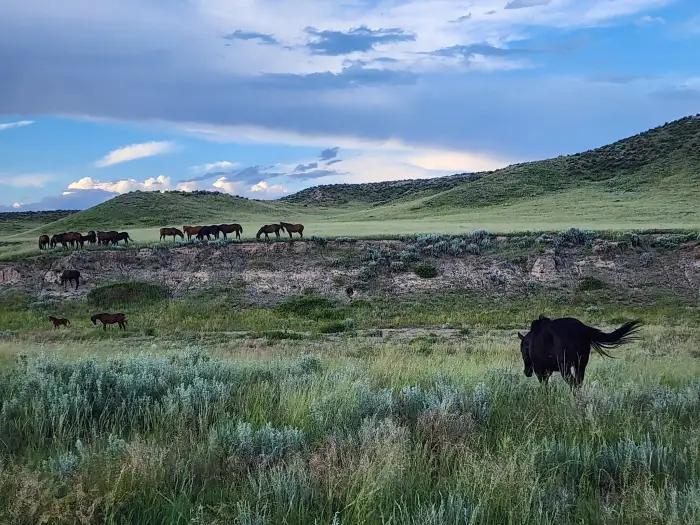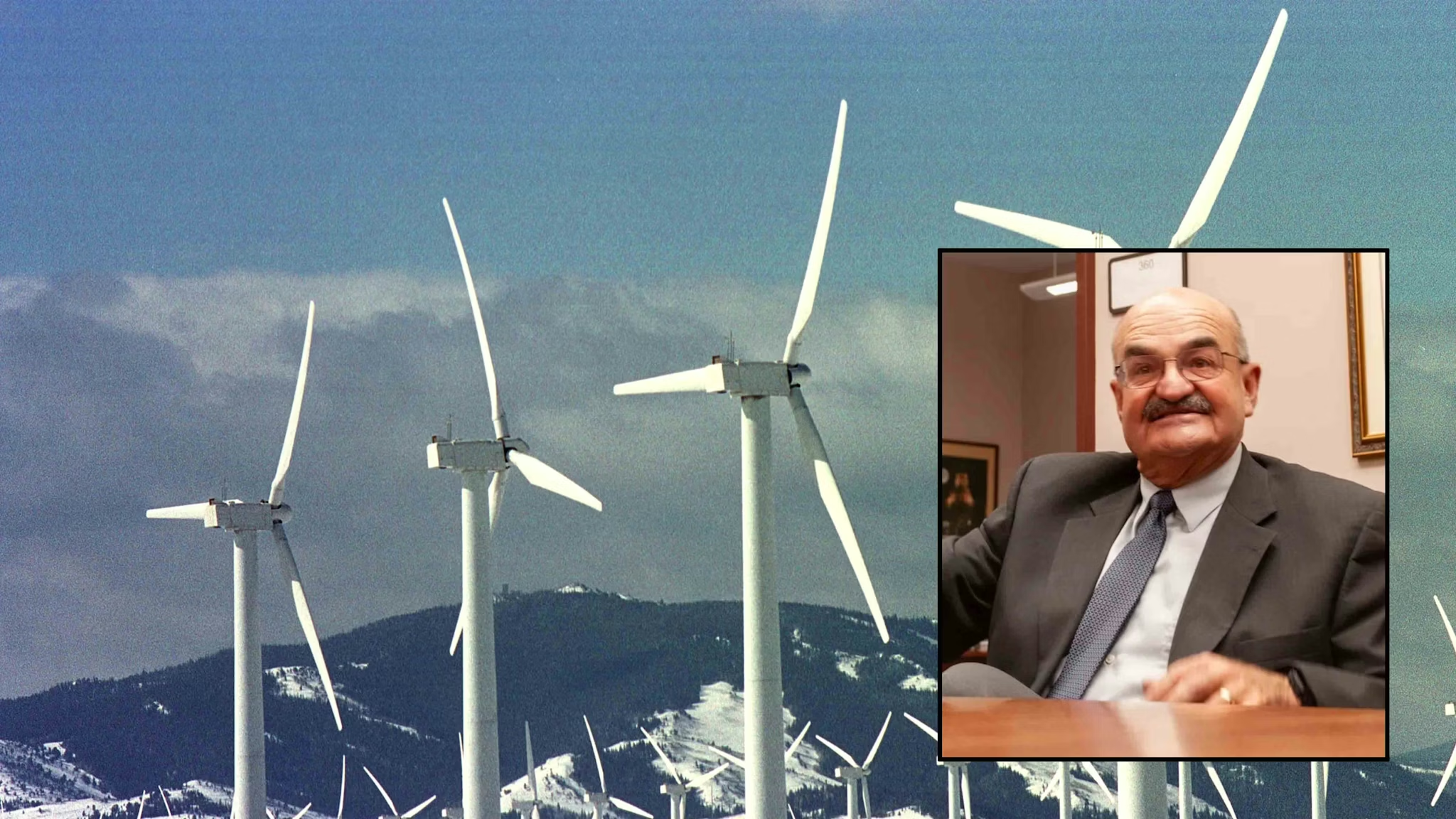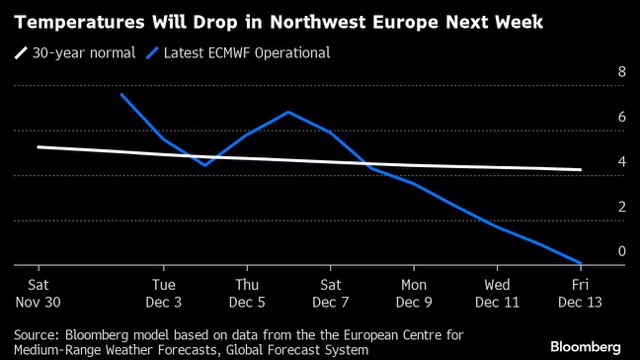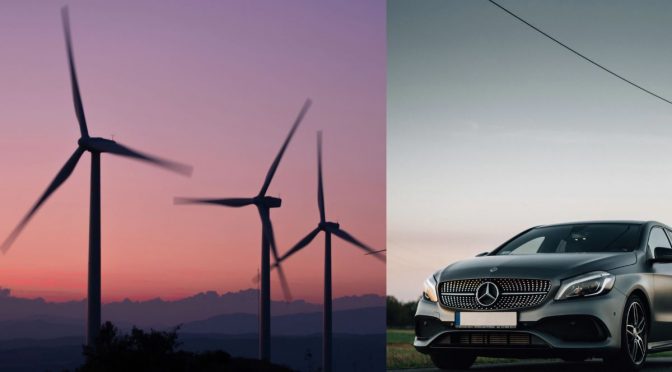Northwest Europe is bracing for a significant drop in temperatures next week, posing a major challenge to already strained power systems, Bloomberg reports.
While current weather remains mild, a cold snap is predicted to hit major countries including Germany and France, significantly increasing demand for heating.
This early cold spell comes as Europe’s gas reserves are dwindling at an accelerated rate. Frosty weather in recent months has driven up consumption, while unusually calm conditions have severely hampered wind power generation, forcing a greater reliance on natural gas. This combination of increased demand and ongoing supply concerns has already pushed gas prices up by some 50% this year.
Germany, Europe’s largest power market, is expected to experience significantly higher heating demand. A Bloomberg forecast predicts a daily average of 18 heating-degree days over the next 6-10 days – three more than the 10-year seasonal norm.
Meteorologists warn that Europe may face its coldest winter since the start of the Russia-Ukraine war, although temperatures are still predicted to remain above average overall. However, even a relatively mild winter could put immense pressure on energy supplies, given the already depleted reserves.










The latest news in your social feeds
Subscribe to our social media platforms to stay tuned